For those with little time to spare and many miles to march, here are ten countries where traversing from border to border won’t take you an eternity.
Andorra
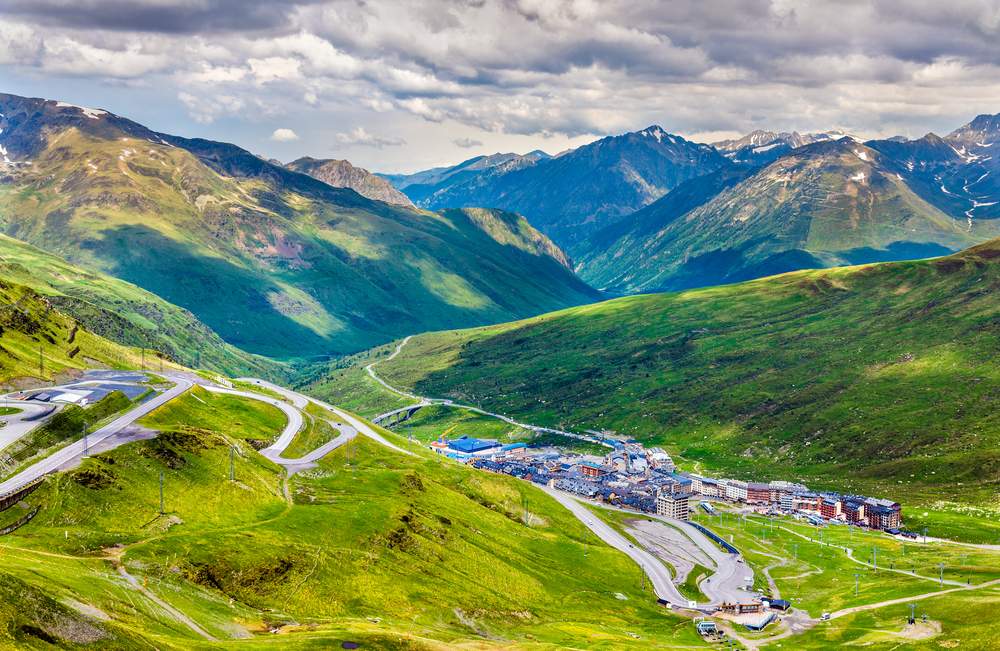
Hikers can choose from a number of routes – the French GR11 and GR7 long distance trails both cross through the country and Andorra has its own GRP1 route which loops almost the whole country and is dotted with mountain huts for campers. Plan a few days for a leisurely pace.
>> Should indie travelers visit Andorra?
>>Find a place to stay in Andorra
England
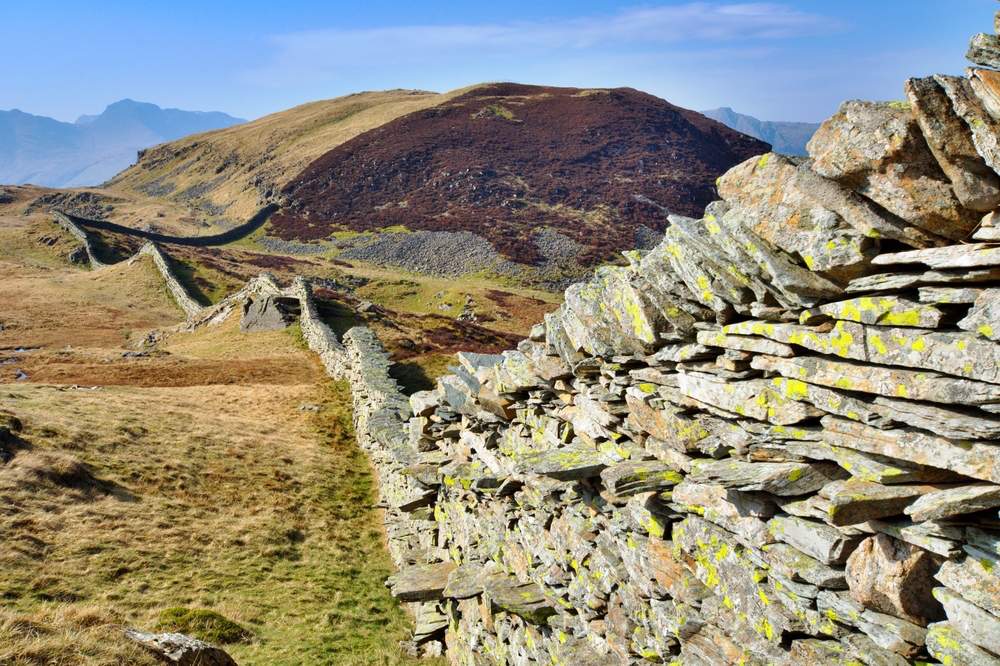
A challenging yet manageable trail, the route traverses some steep climbs and requires considerable map and compass skills (despite the route’s popularity, its lack of status as a National Trail means waymarking is not always up to standard) plus clothing suitable for the notoriously changeable British weather (14 days without a drop of rain is highly unlikely).
The Rambler’s – a British non-profit devoted to the country’s hiking trails – offers some excellent advice and information on the route, but less experienced hikers might be better off seeking a guide. Wayfarers, Contours Walking Holidays and Let’s Go Walking all offer guided coast-to-coast trips with options to split the route up into shorter segmented hikes.
>> Learn about places to go in England outside of London and find out if you should add England to your RTW trip
Liechtenstein

A walk across the width of the country clocks in at little more than a couple of hours at one of the narrowest points. Start from Buchs, Switzerland and follow the lowland laneways all the way through to the Austrian border at Feldkirch – approximately an 8-mile hike. Grab a copy of the free pamphlet “Wanderung für Familien und Geniesser,” detailing popular trails from Liechtenstein Tourism.
>> Learn more about what travel is like in Liechtenstein
Iceland
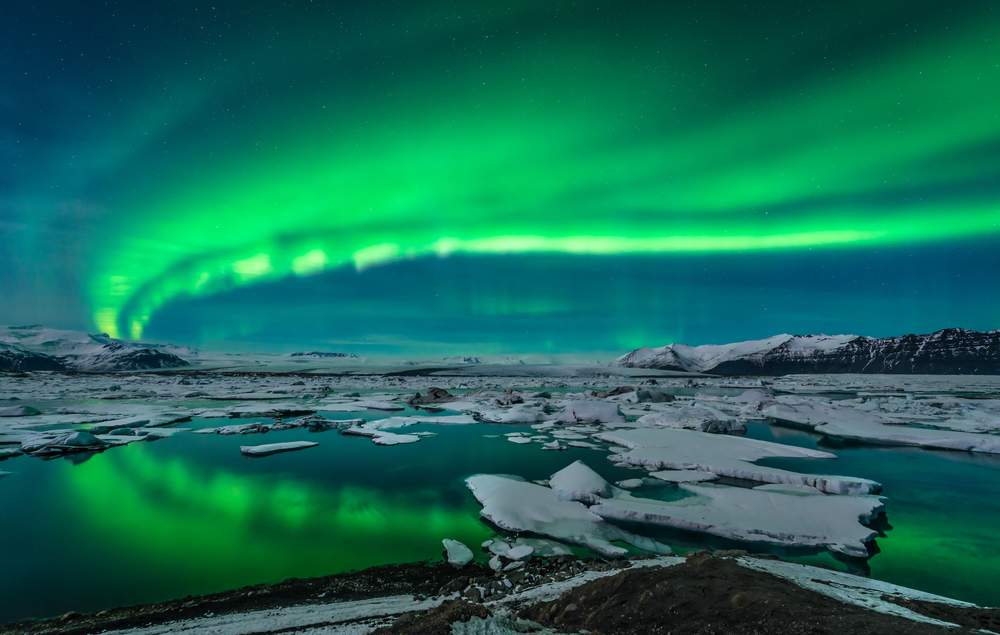
The Icelandic Touring Association offers details of Iceland’s most popular hiking trails and mountain huts for those attempting backcountry routes, but these will need to be linked up by some cross-country travel. Fuel your wanderlust by reading Ted Edward’s A Solo Walk Across the Iceland or scour travel blogs for potential routes – Phlumf details the author’s 3-week cross-country Icelandic trek with excellent maps, tips, and advice for other DIY travelers. For a more manageable route that takes in a good deal of the sights, Butterfield & Robinson offers a 7-day guided trek that loops the western border.
>> Find out why you should add Iceland to your next trip
France
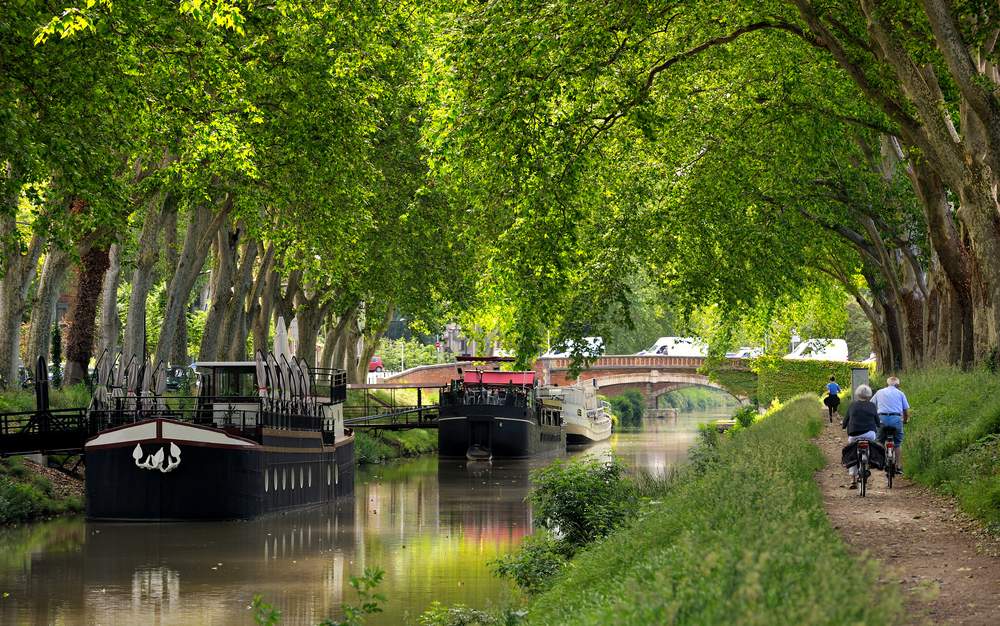
A Walker’s Discovery of France is a site that chronicles a journey walking around the circumference of France. Lonely Planet’s Walking in France guidebook is another useful resource, although mostly focused on 2 or 3-day cross-country walks.
>> Check out some of the most unique walking paths in the world and read our indie travel tips for France.
Scotland
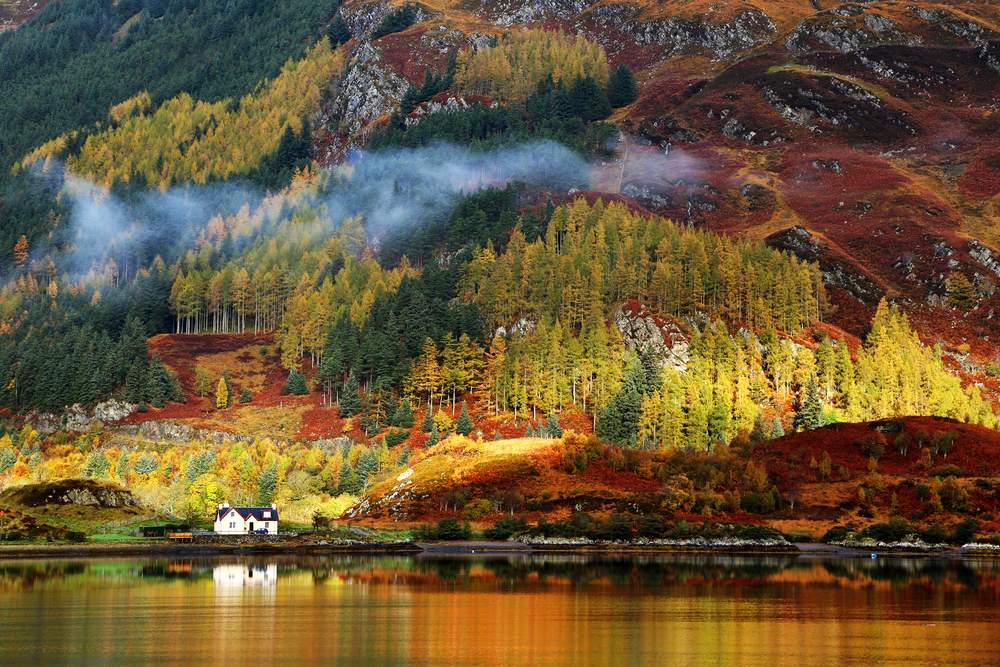
Trekking coast to coast from Fort William on the West coast to Perth on the East coast takes around 10 days, crossing through woodland gorges, the Tay river (famed for it’s salmon fishing), the ancient Black Wood of Rannoch, and many fascinating, yet little-known historical sites.
Transcotland offers a number of self-guided trips for hikers needing a little guidance including the coast to coast walk, or DIY hikers can head to Visit Scotland for an encyclopedia of information on walking routes, tour operators, maps and trail advice.
>> Find out why Scotland is a great indie travel destination, and learn about hiking the West Highland Way
Ireland
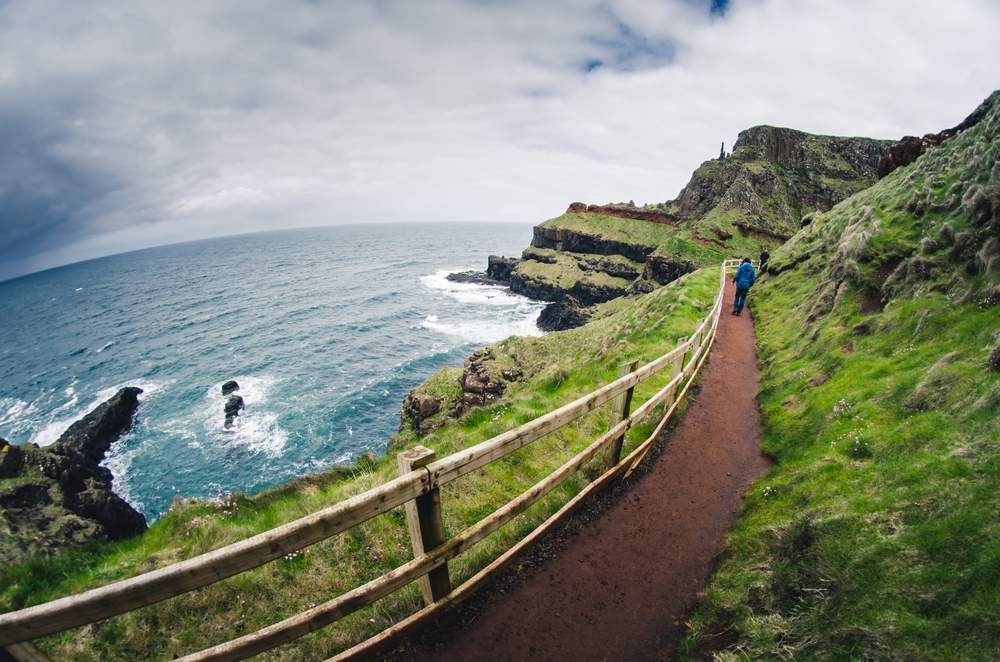
A Dublin-to-Dingle hike takes around 10 days taking in the peaks of the Wicklow Mountains, rugged peninsulas, and lush river valleys – REI Adventures is one of several tour companies operating this route. Discover Ireland offers extensive trail info for those planning their own route, as well as links to reputable local guide companies
>> Discover amazing places to visit in the Irish countryside and check out the one-page guide to Ireland
Monaco
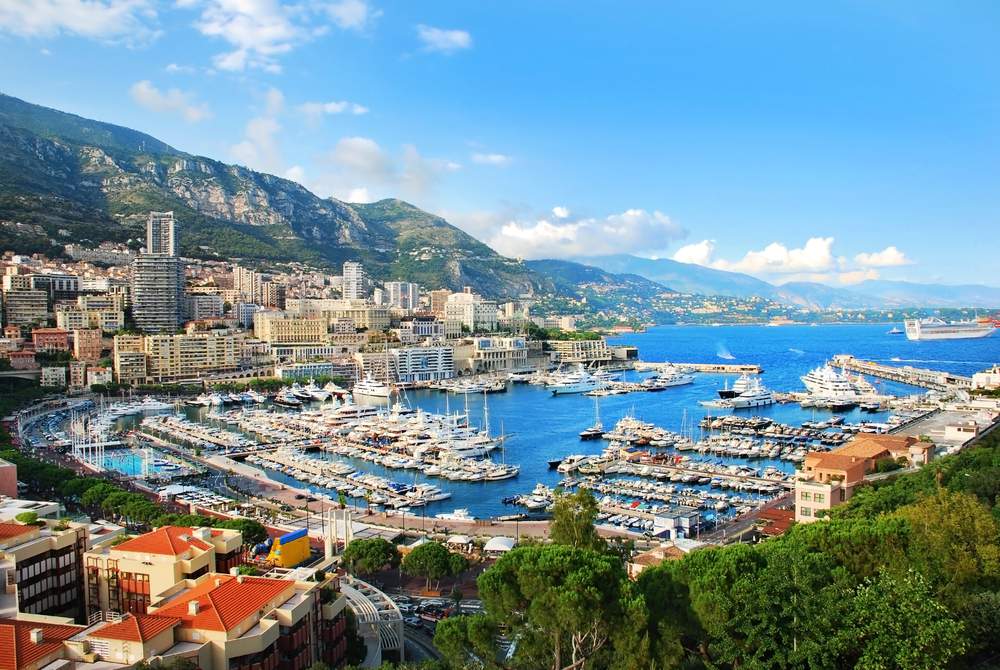
>> Read our travel guide to Monaco
New Zealand

Hiking, or “tramping” as it’s colloquially known, is a national pastime in New Zealand, with walking trails and camping huts springing up just about everywhere. Wander stretches of deserted coastline, tackle the glacial landscapes in the South, or gawp at the diverse wildlife preserved in the country’s many national parks. To put a route together, visit New Zealand Tramper for thorough, up-to-date information on waymarked trails, trekking routes, and maps.
Those with a competitive spirit (and a higher than average fitness level) might consider taking part in the country’s annual Coast to Coast multi-sport race, crossing the width of the South Island. If you don’t want to take part in the actual race, you can at least follow the route in your own time.
>> Read why New Zealand has an indie travel rating of 9/10 and check out other crazy adventures to have in New Zealand
Luxembourg
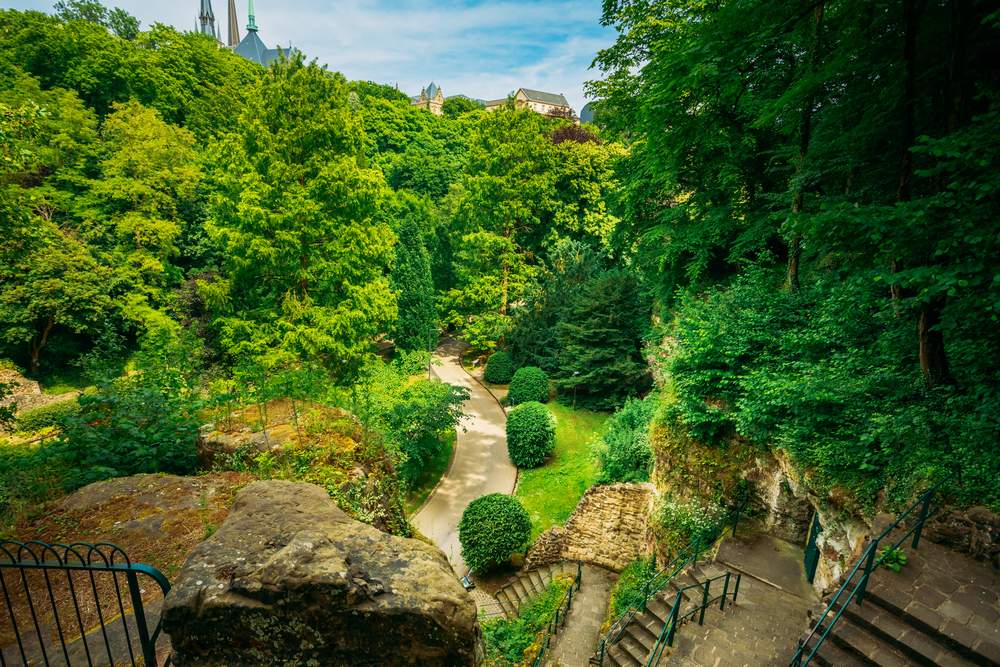
For those looking to go the distance, the cross-continental GR-5 hiking trail runs 130 miles through the country, taking around nine days. Running from Trois Fontihres (Three Borders), the meeting point of Belgium, Luxembourg, and Germany, the route winds along the German border, through the Our and Moselle river valleys, and ends at the French border in the South. Check out the GORP site for more in depth information about this walk.
>> Is Luxembourg a good indie travel destination?
